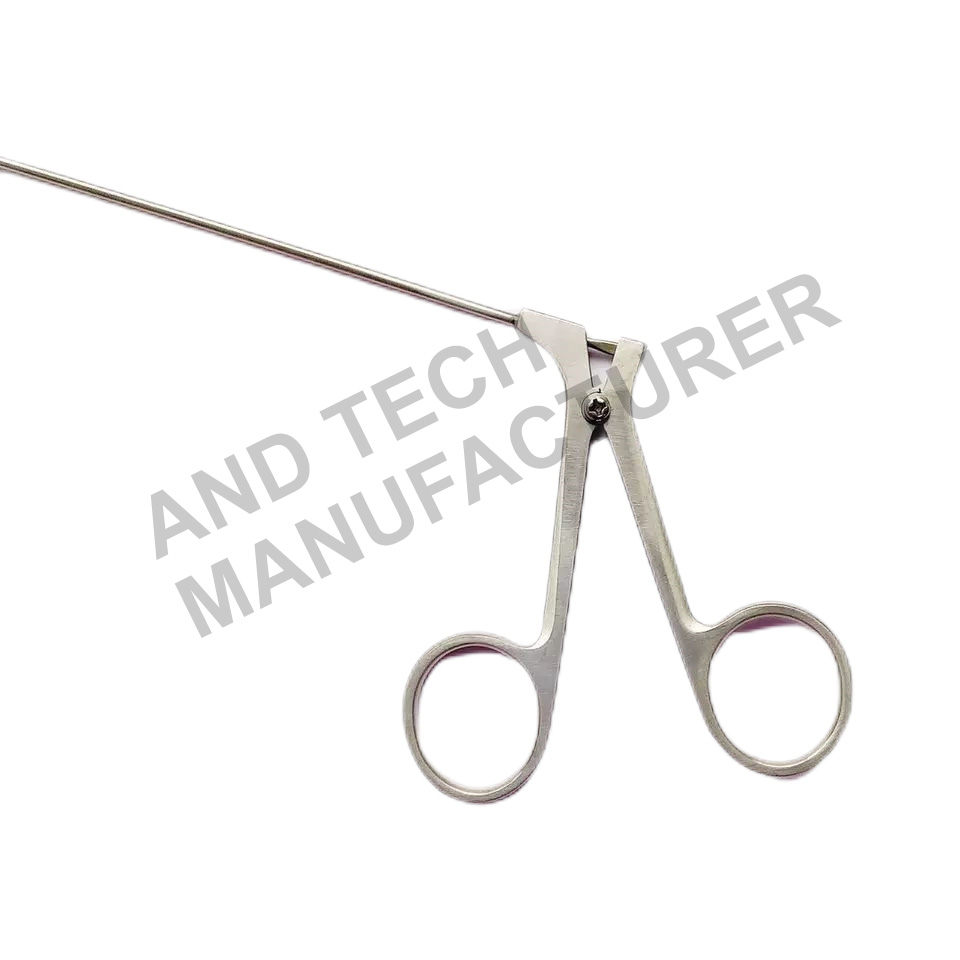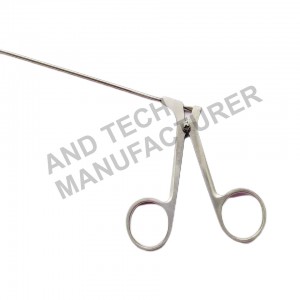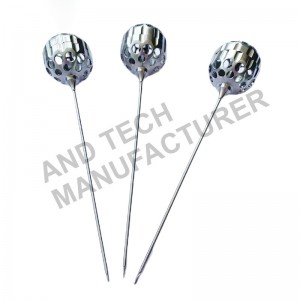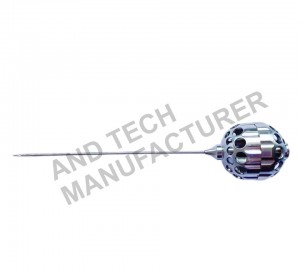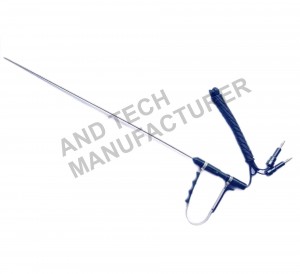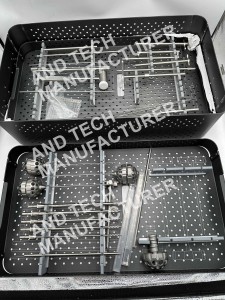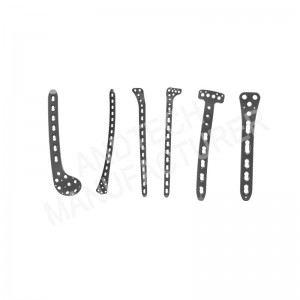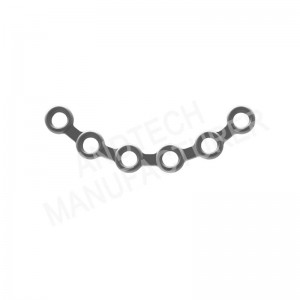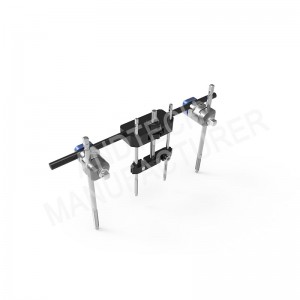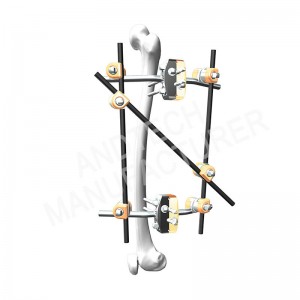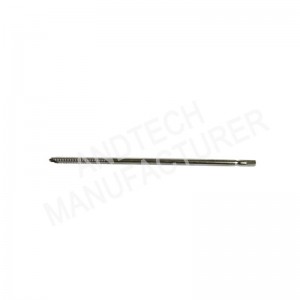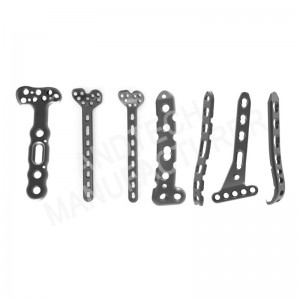Spine Endoscope Instrument
Advantages
The traditional posterior approach interferes with the spinal canal and nerves, does not bite off the lamina, does not damage the paravertebral muscles and ligaments, and has no effect on the stability of the spine.
· The nucleus pulposus was directly ablated at low temperature to repair the ruptured annulus fibrosus.
· Treatment of almost all types of intervertebral disc herniation, partial spinal stenosis, foraminal stenosis, calcification and other bony lesions. Special radiofrequency electrodes are used under the endoscope to form annulus fibrosus and block annular nerve branches to treat intervertebral disc pain.
· Low complications can eliminate nerve root edema and aseptic inflammation during surgery, prevent postoperative infection outside the disc, less trauma, low probability of thrombosis and infection, and no scarring on important posterior structures after surgery, causing vertebral Adhesion of tubes and nerves.
· High safety Local anesthesia, able to interact with the patient during operation, no damage to nerves and blood vessels, basically no bleeding, clear surgical field, greatly reducing the risk of misoperation.
· Rapid recovery. You can go to the ground on the postoperative day, and return to normal work and physical exercise in an average of 3-6 weeks.






